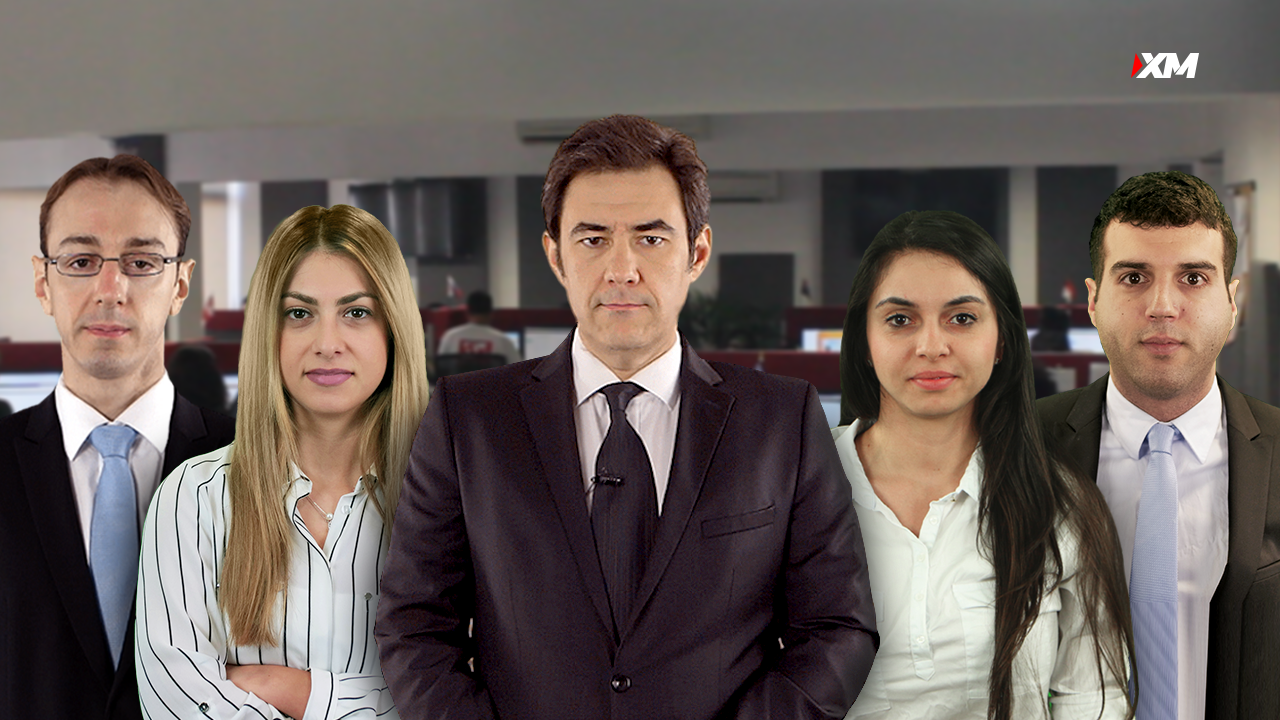XM does not provide services to residents of the United States of America.
Gold challenges upper bound of triangle as risk events loom – Commodity News
Posted on November 29, 2018 at 3:39 pm GMTMarios Hadjikyriacos, XM Investment Research Desk
Bullion is currently testing the upper bound of a triangle pattern, with the latest leg higher fueled by a drop in the dollar after Fed chief Powell struck a cautious-perceived tone. Several risk events lie ahead, including the FOMC minutes, the Trump-Xi meeting, and potential US tariffs on cars; the way these play out may determine the yellow metal’s short-term direction.
Gold continues to trade almost entirely as a mirror reflection of the US dollar, a pattern that has dominated price action in the metal this year. This inverse correlation stems from the fact that bullion contracts are priced in dollars. Hence when the dollar strengthens, it becomes more expensive for investors with foreign currencies to buy gold, thereby curbing its demand, and vice versa. While this relationship has generally held true, it strengthened notably in 2018. Evidently, the 180-day rolling correlation between the two assets has held close to -0.9 since February, indicating a nearly perfect negative relationship.
The metal got a lift yesterday after what was viewed as a dovish speech by Fed Chair Powell, which weighed on the dollar. Investors saw his remarks as validating expectations the Fed may pause its hiking cycle in 2019. Indeed, markets are now pricing in only a single quarter-point rate hike by the central bank next year, versus the three the Fed itself pointed to in its latest “dot plot”. Considering the strength of the US economy though, even accounting for signs it may be slowing, this pricing seems overly pessimistic – especially since Powell didn’t explicitly indicate a pause. In other words, markets may have exaggerated his “cautiousness”, which generates risks of a hawkish correction if the FOMC minutes – due later today – strike a more confident tone, for instance. That could help the dollar recover, by extent hurting gold.
Beyond Fed-related factors, the other key determinant for bullion in the near-term will be trade issues. Presidents Trump and Xi will meet on Saturday, and investors are hopeful they may agree a “ceasefire” on further tariffs, setting the stage for a gradual de-escalation in tensions. Although this may sound paradoxical, such an outcome could actually prove positive for gold. The reasoning goes back to the dollar, which has been acting as a safe-haven asset in the midst of trade tensions, gaining as investors seek the safety of the world’s reserve currency and consequently pushing gold lower. Hence, a potential US-China “truce” may lead investors to pare back some of their defensive bets on the dollar and lift gold a little, while a failure to reach a ceasefire may push the metal down as the greenback gains.
Similarly, if the US does impose tariffs on car imports soon as has been rumored, one shouldn’t expect gold to gain; the opposite may in fact happen. To be clear, all the above don’t imply that the dollar is now a safe-haven asset and gold isn’t. Although not always, gold has gained on stock market selloffs this year and even on worries around Italy’s budget standoff with the EU; it just hasn’t acted as a safe asset on trade concerns specifically. In other words, a major unforeseen risk-off event can still benefit gold, but probably not one related to trade; investors simply seem to prefer the dollar as their hedge when trade tensions flare up.
Technically, gold is currently testing the upper boundary of a symmetric triangle formation; a decisive break above it and above the $1238 area could turn the short-term outlook to positive. Such a break may see scope for further advances, initially towards the July 9 high at $1266.
On the flipside, a pullback may stall near the crossroads of the 50- and 100-day simple moving averages, at $1214 and $1210 respectively. A break below them could set the stage for a test of the lower bound of the triangle and the $1200 handle. A clear close below those as well, would shift the outlook to negative, leading the bears to eye the $1180 zone.
DXY gold


